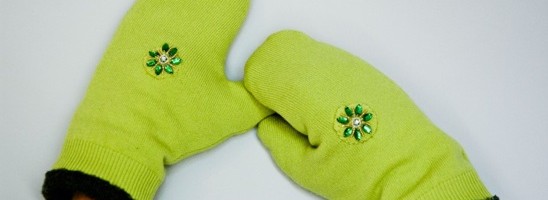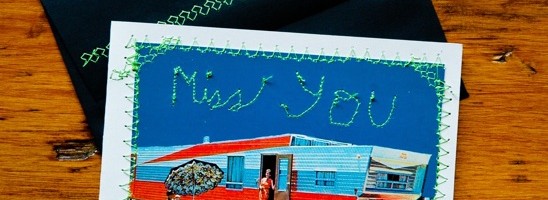Marbles and Copper Wind Chime
Nothing is more pleasant on a windy fall day than enjoying the melodies of wind chimes as you cuddle the one you love. However, most wind chimes are rather pricey and I can’t justify paying for noise-when I can make it myself.

With a little creativity and a few leftover bits, I invented my own rendition for under $5.
And it is music to my frugal ears.

Here’s what you’ll need to make your very own wind chime:
4’ + feet of copper tubing (found in the plumbing dept. in home improvement stores. I had a scrap laying around.)
Kitchen twine or any thin waxed rope
Drill with drill bit comparable to the size of rope you use
Thin, bendable wire (I used 20 Gauge, galvanized)
Wire cutters
Needle nose pliers
Marbles or a replacement striker (a small piece of solid wood, etc)
Paint Can Lid
Spray Paint of your desired color
Skill saw with metal cutting blade
‘S’ hook for hanging the wind chime

Evenly spray your paint can lid in your desired color. Let it dry and do some other stuff to keep busy.

I divided my 4’ of copper tubing into 5 segments; 4”, 6”, 8”, 10” and 12”.
Using the skill saw with a metal blade, cut the desired lengths from the copper tubing.

Here are my pretty little copper tube segments. They remind me of churches and pipe organ and fancy lacy socks…but I digress.

Measure 1” down from the top of each segment, marking it with a sharpie.

Using your drill with the bit the same size as your rope; drill all the way through your copper tubing.

Lightly sand any burs from the drilling and cutting process off of the copper. Be careful-copper scratches easily.

The circumference of my paint can lid was 15”.
I divided the circumference equally among the five segments of my copper tubing.
For example, my circumference was 15” and I had five segments. This means that I could equally space each tube three inches from each other.
I wanted the rope that held each piece of copper tubing to be attached to the paint can lid 2” apart. This left 1” to space between the next copper tubing. Are you confused yet? Sorry…
Next, drill a hole in the center of the paint can lid. That’ll give your tired brain a bit of a rest.

Thread only the smallest piece of copper tubing. Then thread this piece to the paint can lid, allowing it to hang about 3” from the lid.
Continue this pattern, using the next longest piece of copper tubing.

This is what the top of your paint can will look like once you have threaded each piece. I used electrical tape to tape down the ends of my kitchen twine.

This is the bottom view of how the copper tubing has been threaded together. By threading it this way, it prevents the tubes from being tangled up with one another in the case of high winds.
And if you live anywhere close to the Dust Bowl area, you know what I mean.

Encase your marbles (if you haven’t lost them, haha…) with your 20 gauge wire, leaving a loop on the top and on the bottom. I used a larger marble to be the striker and the smaller marble to hang on the very end of the striking rope to weigh it down.

Thread the larger marble through the paint can lid, leaving a 6” excess on the top side of the paint can lid in order to tie it onto the ‘S’ hook. Make sure that the larger marble will strike your copper tubing. Mine rests at about 5” down from the paint can lid. Tie the smaller marble to the larger marble. My smaller marble rests at about 17” from the paint can lid.

Tie the excess 6” of rope onto your ‘S’ hook and find a super duper spot and hang that sucker up.
Then, sit back and enjoy the melodious sounds of your brand new, frugally made but gorgeous wind chime while snuggling your favorite pal or cat or dog or stuffed dolphin…
Hey, I don’t judge. Well, maybe a little.












































